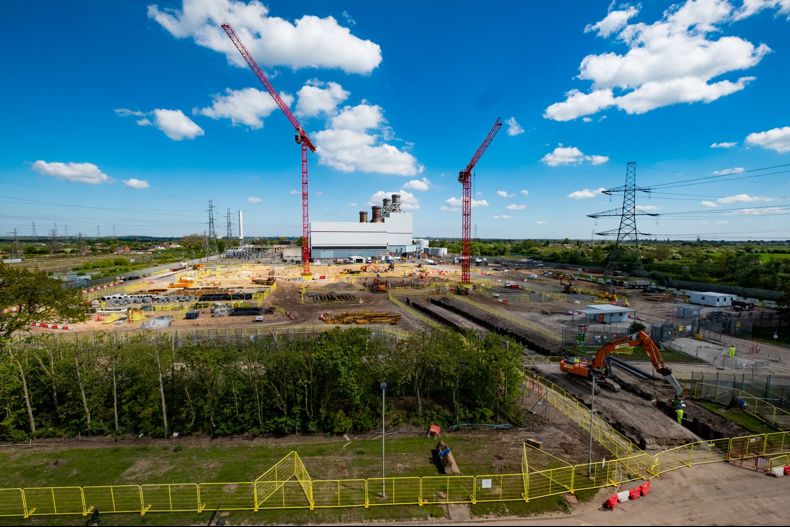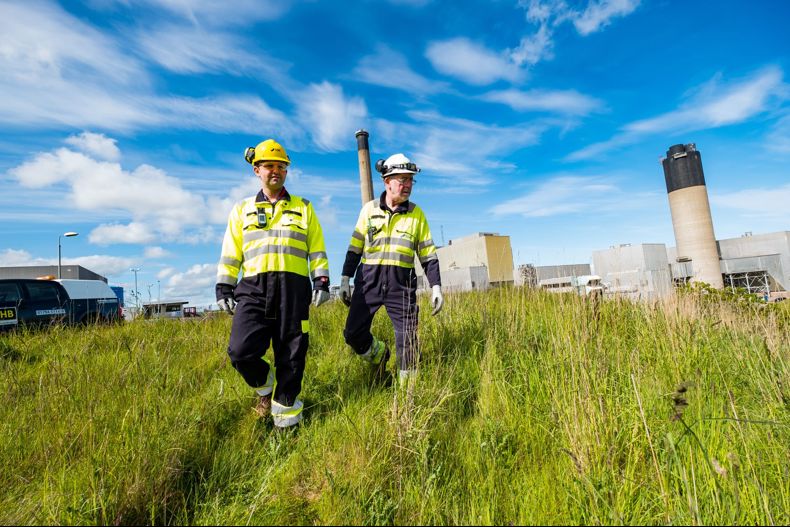Environmental sustainability
As a large energy company, the scale of our activities mean that we naturally interact with the environment in many ways, presenting challenges that need to be managed.
In SSE Thermal, our most material environmental impact is the carbon emitted when generating electricity. To address this, we are taking steps to significantly reduce the carbon intensity of the electricity we produce. Our business model is focused around supporting the transition to a net zero emissions future and complementing the growth of renewable energy.

Cutting our carbon intensity
We are committed to supporting the SSE Group's target to reduce the carbon intensity of the electricity its generates by 80% by 2030, from 2018 levels. This target is consistent with ambitions set out in the Paris Agreement.
In SSE Thermal, we will help achieve this by displacing older assets with cleaner and more efficient plants, and by capitalising on emerging technologies like CCS and hydrogen to decarbonise thermal generation.
The role of gas
What role does gas have in the, short, medium and long term? How can it remain consistent with our net-zero carbon ambition?
We have published a 'Transition to Net Zero' report to address these questions and assess the resilience of our business to different climate-related scenarios.

Protecting and enhancing biodiversity
SSE’s latest Biodiversity Report outlines the Group Environment Strategy which is being implemented in SSE Thermal. The strategy includes ambitions aligned to the United Nations Sustainable Development Goals (SDGs) across three priority areas, which represent the most material areas of environmental impact for our activities.

